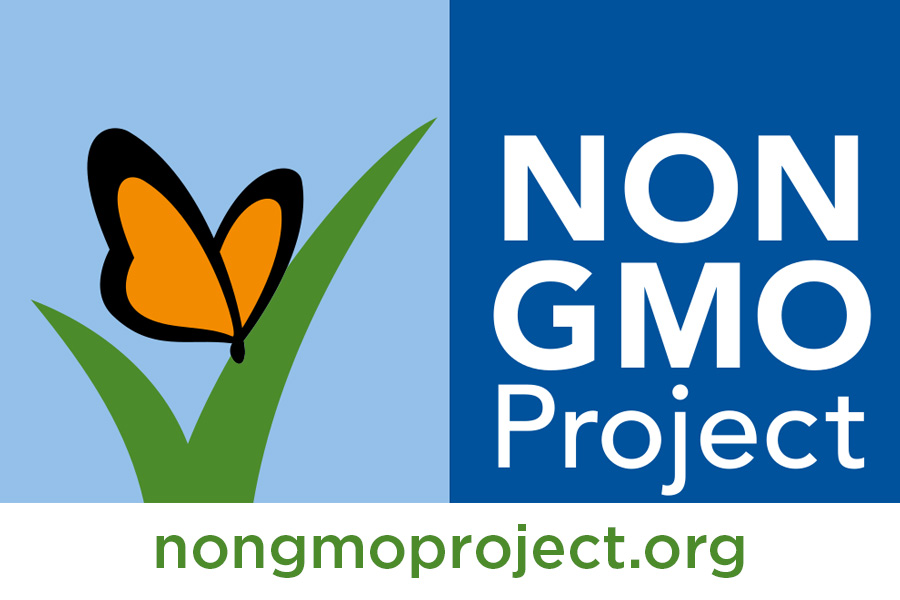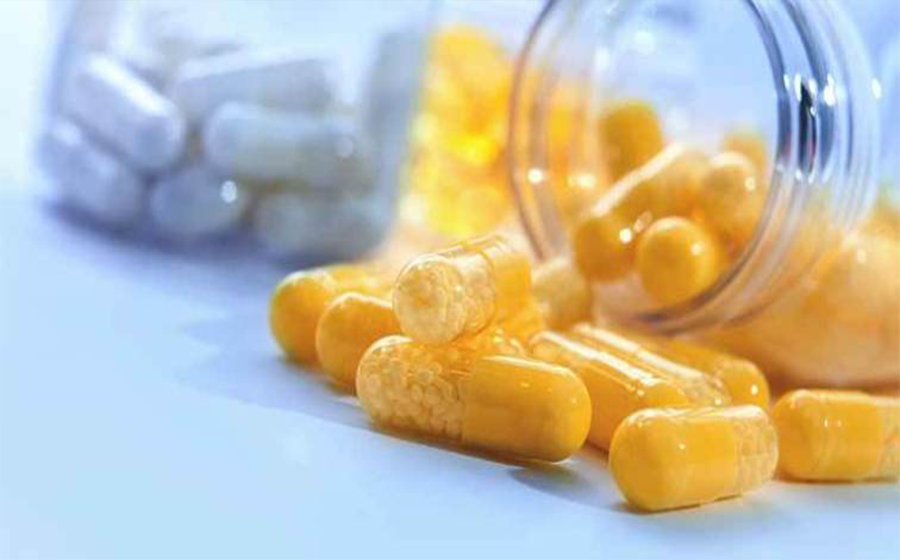Gut microbiome science has exponentially increased over the last two decades, as has the general population’s interest in harnessing this knowledge for better health. When it comes to science-backed tools for improving our gut microbiome, according to experts, diet diversity, prebiotics and probiotics are all worth considering.
For most of history, probiotics labored away in obscurity, however, with the rise of interest in health over the past decade, probiotics have become the rising superstars of nutritional product launches in the 21st century.
The global probiotics market is projected to grow to $69 billion at a CAGR (compound annual growth rate) of 7.0 percent through 2023. While probiotics continue as a top trend, misconceptions and confusion around the category and the benefits of these bacteria linger. And with the rise of even more products incorporating probiotics, it’s more important than ever for consumers to understand their benefits.
Probiotics can provide a wide number of health benefits, like aiding in digestion, strengthening the immune system, and maintaining an ideal ratio of good to bad bacteria.
The opportunity for product developers lies in integrating stable, efficacious probiotic strains into products which consumers enjoy every day. With the multitude of probiotic strains available, manufacturers should choose science-backed ingredients that are well-positioned and can be efficiently formulated.
So, are all probiotics the same? How to understand which probiotic strains will confer the maximum benefits? Which one will provide maximum opportunity for a well-formulated nutritional product?
There are several factors that can help you determine which strain to choose for your product.
1. Types of probiotics available: Vegetative / Spore forming bacteria
Lactobacillus is most common vegetative bacteria. Their cells are not particularly resistant to high heat or desiccation, and tend to be sensitive to the extremes of acid and alkaline conditions, as found in the stomach and small bowel. Studies have shown that most are quickly killed off in the harsh, acidic environment of the stomach and upper digestive tract. Because these bacteria are fragile, they require refrigeration to remain viable. Strains of lactobacillus are supplied in their living, vegetative states. That is, they are living organisms that require very specific environments to remain viable. Often found in fermented dairy products, like yogurt, these typically cannot be used in products that are shelf-stable, frozen, heated or subjected to extreme manufacturing processes.
Bacillus are hardy, spore-forming bacteria that act as vegetative bacteria when conditions are optimal for their growth but can also form dormant spores when conditions are detrimental to their viability. Think of this spore like a plant seed—it is dormant and won’t grow until there is the right temperature, moisture and food source. Research on specific bacillus strains has shown they can withstand both heat and acidic conditions, and these spores are much more resistant to the extremes of pH, heat, cold and pressure than vegetative cells. This makes them a much better fit for fortification in everyday foods and beverages, including products that may be hot, cold or frozen, shelf-stable or subject to extreme manufacturing processes.
Spore-forming probiotics, particularly Bacillus coagulans SNZ 1969, can survive in most applications without the need for refrigeration by staying dormant until they reach the digestive tract. Bacillus coagulans SNZ 1969 shielded by natural capsules called spore. It can sustain hostile gastric and bile acids in human gut and remains stable in highly acidic (pH 2) environment. It is also resistant to high temperature i.e. up to 85°C for 30 min. From production to consumption, it does not show decrement in viability of cell.
2. Get to Know the Strain
Many probiotics contain mixtures of two or more individual strains of bacteria or yeasts. Scientists have found supplementation with different probiotic strains to be linked to different types of benefits, such as digestive and immune health. But you can’t take the positive findings of one study that looks at a particular strain and its impact on health and use it to substantiate the health benefits of another strain. Probiotic strains each possess their own distinct characteristics. These properties may influence safety, efficacy, benefits and the strain’s suitability for certain applications.
3. Formulation viability
When considering products with the health benefits of probiotics, finding a strain that not only provides clinically supported efficacy but is easy to formulate can be difficult. Often, developers have to deal with the technical challenges that are inherent to the more common probiotic strains such as stability, effects of pH, amount of the remaining beneficial bacteria (CFU/g), shelf life etc. Manufacturers that want to promote the benefits of probiotics in their foods or beverages must fortify those products with high-quality, survivable, science-backed probiotic strains.
Does Bacillus coagulans SNZ 1969 meet the current demands of manufacturers?
SNZ1969 is one of the oldest and most widely used strains of B. coagulans worldwide. It is a rod-shaped, slightly acidophilic, gram-positive, catalase-positive, spore forming, thermotolerant, aerobic to microaerophilic, highly resilient probiotic bacteria.
It was first isolated from green malt in 1949 by a Japanese physician, Dr. O. Nakayama (Nakayama 1950). The strain was tested for its potential effects against diarrhea and constipation in adult as well as infants during the 1960s (Mashita 1964; Nakayama 1966).
In 1972, at the request of Sankyo Corporation, the Japanese Ministry of Health and Welfare approved the use of bacillus coagulans (designated as strain SANK 70258) as a therapeutic probiotic. Subsequently, in 1973, Sankyo Corporation (currently known as Daiichi Sankyo Co. Ltd) offered formulation and fermentation technology to Sanzyme (earlier known as Uni-Sankyo Ltd). Since then SNZ1969 has been marketed in India under the brand name “SPORLAC” and has been used as a therapeutic probiotic for over 45 years.
SNZ1969™ strain has been deposited with the Microbial Type Culture Collection (MTCC) -assigned number MTCC 5724 and with Belgian Coordinated Collections of Microorganism (BCCM™ILGM) with the assigned number LMG S -27484.
Based upon these genomic and toxicological assessments and its long history of use, SNZ 1969 is considered safe for chronic human consumption and has received United States FDA Generally Recognized as Safe (GRAS) status including Infant GRAS. SNZ1969 is of Non-GMO origin and is produced in a GMP, FAMIQS and NSF certified facility.
SNZ1969 is gifted with a natural encapsulation which makes it possible to withstand harsh conditions making it an ideal probiotic option for shelf stable processed foods. Whereas the conventional vegetative probiotic organisms such as lactobacillus and bifidobacterium often require refrigeration hence restricting their use mostly to refrigerated foods such as yoghurts.
SNZ 1969 is supported by twenty plus scientific publications covering gut health, Immunity against GI track pathogens, inhibition of food borne pathogens, inhibition of bacteria causing dental carries & gingivitis and bacterial vaginosis.
In conclusion, Sanzyme Biologics’ Bacillus Coagulans SNZ 1969 can be an ideal choice for nutritional ingredient and diet supplement manufacturers in this rapidly evolving health market.
References:
1. MarketsandMarkets, Global Probiotic Market Forecast to 2023, Dec 2018.
2. GlobalData – Ingredient Insights: Digestive Health, August 2018.
3. Kerry Global Consumer Survey – Digestive & Immune Health, 2019.
4. NIE Functional Food, Jan 2020





